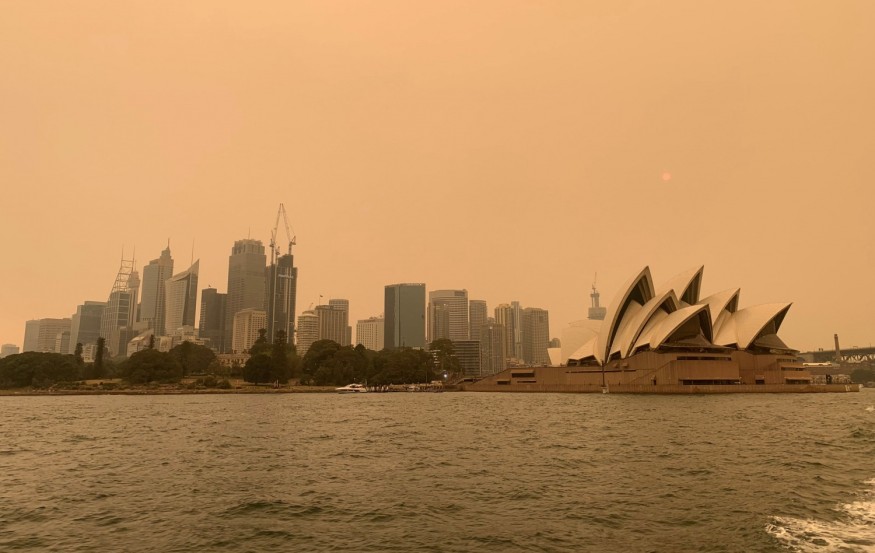
Thousands of residents evacuated forcibly from their residences throughout New South Wales and Victoria as Australia's catastrophic bushfire season continues - and conditions may only worsen.
State of emergency was declared in Victoria and New South Wales on Thursday, allowing New South Wales Premier Gladys Berejiklian and Victorian Premier Daniel Andrews to coercively open or close roads and mandated public evacuations.
Berejiklian said, according to the Sydney Morning Herald, that the government does not make these decisions carelessly. The Prime Minister added they are ensuring they are taking every single precaution to be prepared for what could be a horrible day on Saturday.
Eric Leister, AccuWeather's Senior Meteorologist, forecasted a return of high temperatures and gusty winds that would make the battle against the blazes far more difficult for first responders.
"[Strong, gusty] winds with [high] temperatures would increase the danger of [creating new bushfires] -" which would make containing blazes more challenging for firefighters from Friday into Saturday, says Leister.
Residents and tourists from Batemans Bay to the Victorian border were being mandated to leave before Saturday, said the New South Wales Rural Fire Service (RFS).
The warning language used in the Australian bushfire alerts is incredibly dire: “You are in danger and need to act immediately to survive." pic.twitter.com/FGeoPGi9ws — Jon Passantino (@passantino) December 31, 2019
The burnt area total and death toll were both officially increased on New Year's Day to total over 5 million hectares (12 million acres) of charred land and 17 deaths. The deadly crisis reached Australia's wildfire as almost 480 million animals died during the disasters. Australian federal environment minister, Sussan Ley previously said that up to 30 percent of the country's koala population might have passed away due to the destruction of their habitat. The number of residents evacuating, according to The Guardian, is expected to compare to the 60,000 individuals evacuated their homes before Cyclone Tracy in 1974. The current evacuation area for the bushfire declared "leave zones," stretches hundreds of kilometers. The RFS has bluntly told citizens in its evacuation declarations that they must respond as soon as possible if they want to live. The safest option that people have, according to RFS, is to take shelter indoors immediately as "it is too late to leave." The whole town of evacuees gave a loud cheer when the winds changed directions and took the fire away from the city, local fire chief Steve Warrington told BBC.
Thousands of people in Australia are forced to flee their homes with many taking refuge on beaches as wildfires block their escape routes, prompting authorities to request urgent additional assistance from the military.pic.twitter.com/F9ygsisUla — Alex Salvi (@alexsalvinews) December 31, 2019
Military aid was sent by Australian Prime Minister Scott Morrison and Defence Minister Linda Reynolds to provide humanitarian assistance and carry out evacuations in the coming days in response to the evacuations and need for support around Victoria.
Andrews and other leaders expressed their optimism that declaring the state of emergency encourages people to act while they still could. According to Andrews, state of emergency was used for the first time as Australia has faced unusual life risks and property danger in the coming days.
"The fires are unusual," Andrews said. He urged the people to leave if they must. The Australian government, according to Andrews, "simply cannot guarantee" the people's safety if they don't follow the evacuation orders.
© 2026 NatureWorldNews.com All rights reserved. Do not reproduce without permission.





